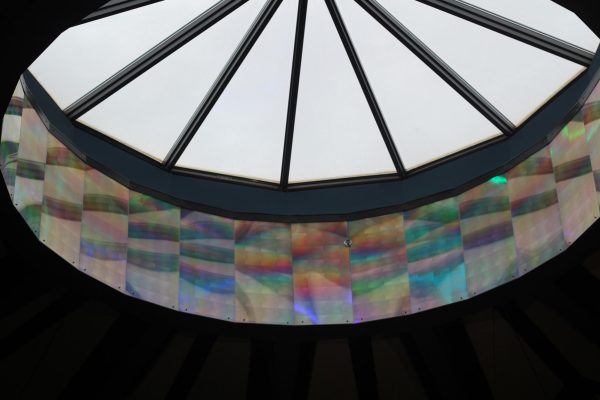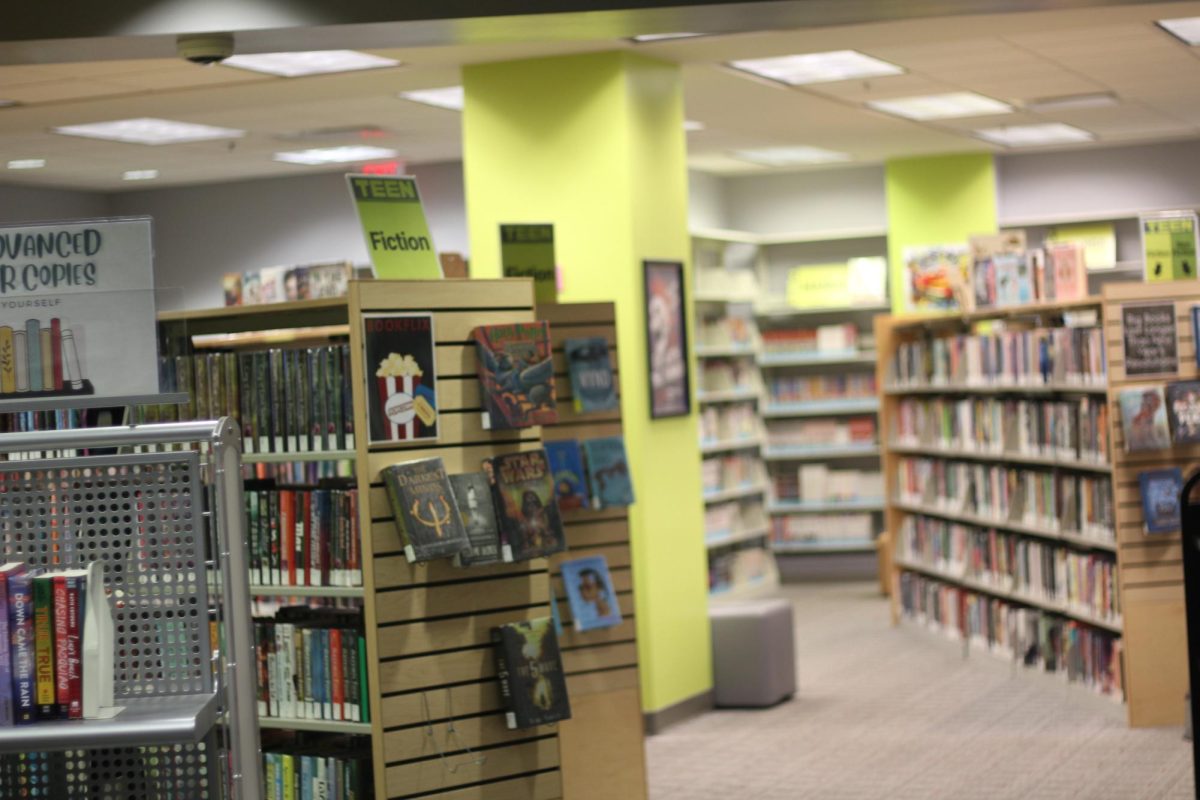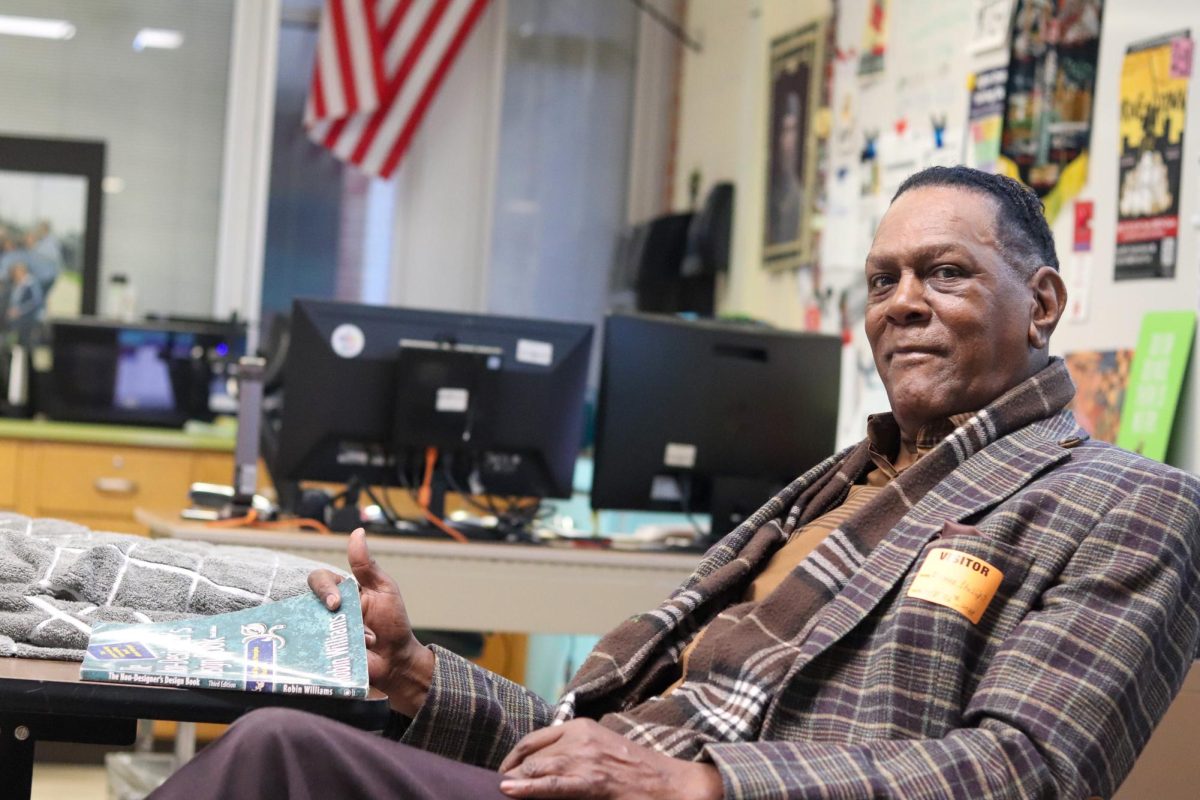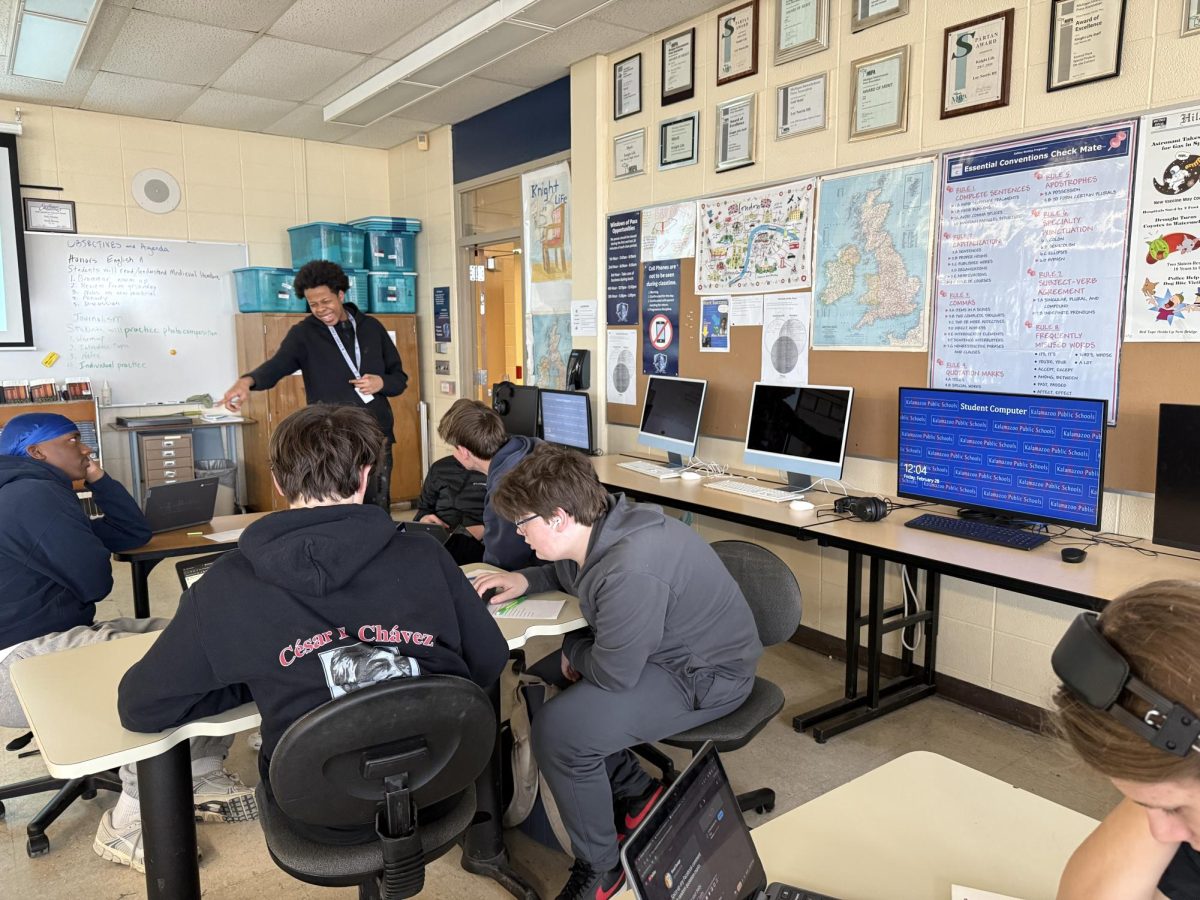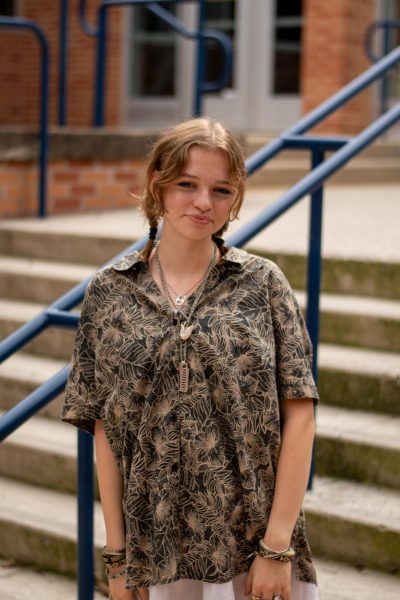In an age where safe places to spend time without spending money have become increasingly scarce, public libraries offer a rare glimmer of hope. They are a space free of advertisements, judgments, rigid expectations, or pressure to spend money. Libraries are often described as one of the only places left that cares more about you than your money.
“We are really the only place where people feel they can go in and they don’t have to buy anything,” said Kevin King, the Head of Community Engagement at the Kalamazoo Public Library (KPL).
King manages all of the branches of the library and also helps with the outreach services and mobile library, which brings library resources to people who might not have a way to come to the library. He is also in charge of programming for adults.
“There are no membership requirements other than a library card,” King continued, “and you don’t have to have a library card to come in and sit down and relax or to go to a program or even to use the computer. I think that it’s super important for communities to have a resource like that.”
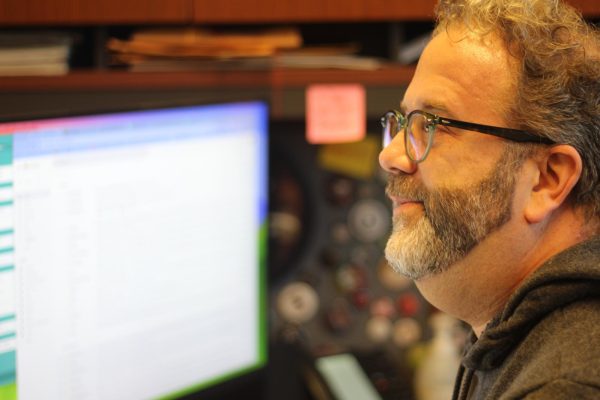
KPL is working hard to maintain a strong relationship with the community and to provide the public with the resources and support they need to be successful. This can mean implementing fancy new services or just simply providing a safe place for people to be.
“A lot of public libraries strive for this concept called the ‘third place,’ which is the place between work or school and home,” said King. “I’ve always thought about making the library a third place, a place where people can feel comfortable.”
“In every community, we are probably the only democratic space. You can go to the library and you don’t have to do anything. You can sit there all day,” continued King. “For some people that is all they need – just somewhere they can go and know that they’re in a safe space. That’s really important.”
Teenagers and young adults are groups of people that particularly need these third places. Having a safe environment to spend time can reduce stress and promote learning.
“Our library is very much a space for kids who are in need. We have a lot of kids who just need a place to go after school and they will come and stay there,” said Natalie Isham, the lead Teen Services Librarian at the KPL.
Providing a safe place isn’t the only thing that the KPL does. Through the hard work of librarians and peer navigators, the library is able to help kids in need and provide all kinds of resources to anyone who needs or wants them.
“I’ve taken kids to register to vote on the day they turn 18. We have gone through checklists of how to rent an apartment, how to get a job. I’ve taught kids how to cook before, we’ve done yoga classes before,” said Isham. “I recommend going to whatever your local branch is, finding out how to get a hold of the youth librarian at that branch, and we will make it happen.”
One of the most direct ways that the KPL helps people is through their use of peer navigator services. According to King, peer navigators are people who have been in difficult situations and understand how to help people who are going through similar things.
“They are important services to me because I really want people to feel safe when they come to the library,” said King. “It should be a place where you feel like you don’t have to wear your armor. You should be able to take it off and feel like you can learn in a safe environment and not feel judged or stigmatized.”
Though all of this sounds great, these services sometimes go underutilized. In the past few years, members of KPL have noticed a major decrease in teen attendance, and bringing them back can prove difficult.
“What happens after kids turn 18 all across the country is that they just don’t come to the library. It’s a demographic that is hard to reach, and the library world has been trying to figure that out for a while. You really don’t see those users come back until they have their own families,” said King.
Senior Lucy Langerveld, a frequent user of the public library, has noticed a shortage of people her age there as well.
“I really don’t see anyone my age going there. I think it’s mainly that people just don’t know that it’s there. People don’t know that you can get a library card for free and that they have so much,” said Langerveld. “I feel like people don’t think that they have books that they would want to read, but the KPL is really cool because they will buy anything you want. If they don’t have it, you can just submit a form and they’ll get it for you.”
This is caused by a number of factors. Teenagers tend to be a variable age group, so some libraries attract more teens while others attract almost none. King says it really depends on how much work is put into it.
“I think with any age group, it starts with forming relationships with them. We want them to feel like this is a cool, safe place. Sometimes it’s really hard to make the library a cool place, but it is,” said King. “I feel like there are a lot of teens that need a space where they feel safe, so if we keep making sure we are tapping in and asking people what they want from the library and giving them a voice in things, that certainly helps.”
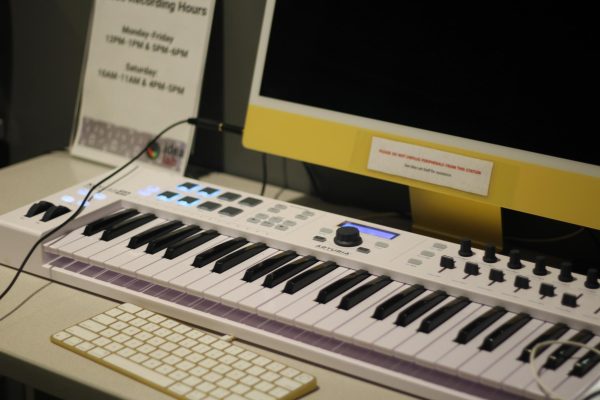
Library attendance is not just an issue for teens and young adults. Since the COVID-19 pandemic, the library has noticed a decrease in overall attendance at the library. Though the library is starting to pick up a lot more visitors, King said that the levels of people that come to the library now are nowhere near the pre-COVID times.
“One of the worst things COVID did was that it priced people out of daycare and out of housing, which means that families relocated. For a long time we had to close down, which means the kids that were aging into the teen room were not even allowed to use it,” said Isham. “Now they don’t even know it exists, so we are having to play catch-up by going into the schools and advertising that this is available.”
Although physical attendance at the KPL has decreased, like many things during and after the pandemic, the use of digital services have skyrocketed.
“There are a lot more people checking out the digital materials that will never come into the library ever, and that’s okay. They are using the library. If they don’t want to come to a program that is fine, but I think the model has shifted a little bit,” said King.
One way the KPL is trying to attract more people to the library is through their wide range of resources that are available, like their “Library of Things,” which includes objects such as digital cameras, carpet cleaners, crock-pots, and more that people can check out completely for free. The library also circulates WiFi hotspot devices so that people who don’t have internet access can have a hotspot for a couple of months. Every library location in Kalamazoo also has almost all of the video game consoles with tons of video games as well as large selections of movies, TV shows and, of course, books.
“The goal for me is making sure people can experience things they might not be able to experience outside of where they live,” said King. “If someone is never going to go to Japan, a library should have books and videos about Japan, Manga, Anime, programs about things like Japanese tea service, or old samurai movies. The library should be a resource and a space for all of those things. A lot of people are never going to do certain things, but if we can bring that to the library so that people can come and do it for free, that’s pretty cool.”
The ability to check out books for free should also not be undervalued. Langerveld says that is the main thing she uses the library for and that it’s been very valuable for her.
“I think it’s just a great resource to get new books. It’s free and it’s sustainable, and I don’t have to buy a book that I’m just going to read once. I can just get it at the library,” said Langerveld. “I was tired of having to spend money at bookstores for the amount that I wanted to read. So I was like ‘if I’m only going to read this book once, and I don’t even know if I’m going to like it, I don’t want to spend like 20 dollars.’”
There are also resources specifically for teens at KPL. They have a maker-space called the Idea Lab, which includes 3D printing, laser cutting, and wood cutting, as well as a GarageBand studio that allows kids to play with tracks and learn how it works.
All of the library’s services are completely free to the community, from the maker-spaces to the peer navigator services. Using the library benefits the community, the library, and the individual.
Langerveld said,“I love the library. It’s convenient, it’s exciting to get new books, and it’s a fun place to go.”
